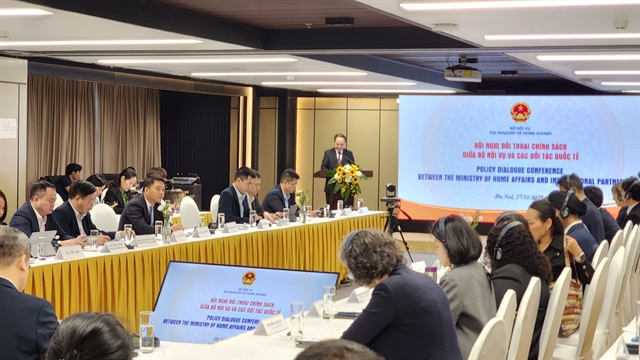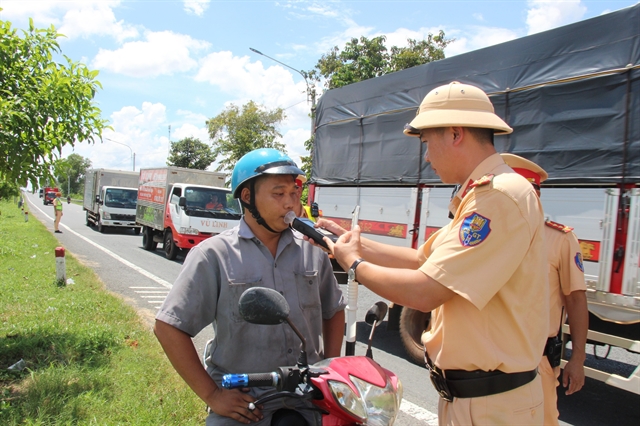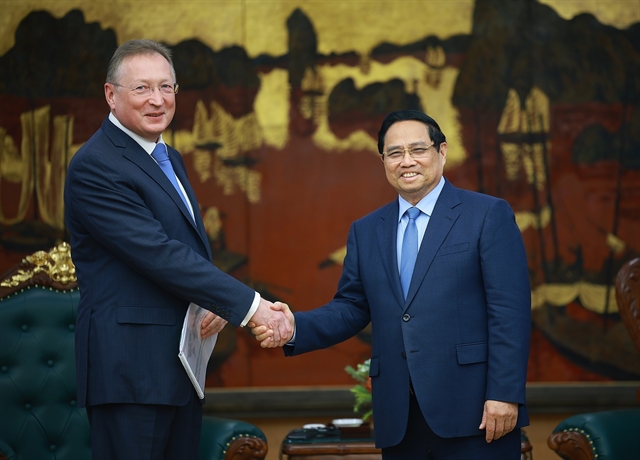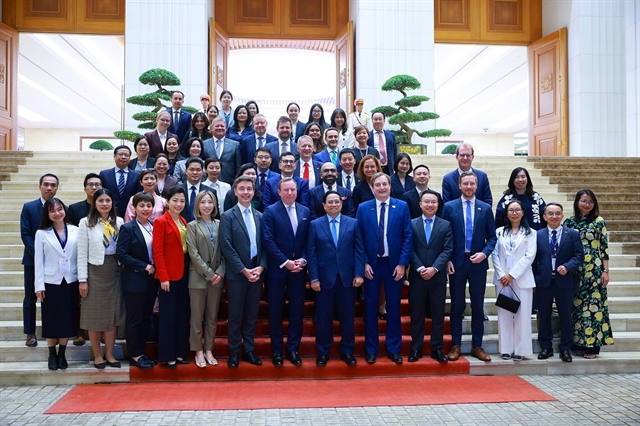 Society
Society

 |
| Traffic police check a driver in the Mekong Delta province of Hậu Giang for alcohol consumption. — VNS/VNS Photo Thúy Hằng |
HÀ NỘI — The Traffic Police Department under the Ministry of Public Security has piloted a scheme applying technology to connect traffic police teams patrolling national highways, helping to reduce inspection time, save costs and create the most better conditions for drivers.
A representative of the department said that the application used QR Code scanning technology to scan the identification cards and driver's licences to collect information quickly, accurately and provide to all traffic police teams patrolling on the route.
The driver information will also be sent to traffic command centres at all levels for management and administration purposes.
Based on the information provided, traffic police teams would quickly determine whether a vehicle was inspected before or not. If the vehicle was inspected at the previous patrol station, the traffic police teams at the next patrol stations would not stop the vehicles for inspection.
Hoàng Văn Tùng, a truck driver, living in Hoàng Mai District, Hà Nội, said previously, when he drove from Hà Nội to Thanh Hóa Province, he often had to stop four times for random inspection by traffic police.
As Tết (Lunar New Year) approaches, he was stopped more than four times.
“It’s very inconvenient,” he said.
Tùng also said since the traffic police applied the technology on the National Highway 1A, he felt travelling was much more convenient. He only had to stop once and he would be pass through other checkpoints.
“Drivers like me very much welcome the technology,” he added.
Lê Văn Nam, a truck driver, said that he had to stop his truck at checking stations continuously to weigh the load of his truck when he drove his vehicle on highway routes.
It took him about 30 minutes each time.
“I hope the technology would be soon applied in all highways nationwide to save time for both drivers and patrol staff,” he said.
Traffic expert Đỗ Cao Phan told Kinh tế đô thị (Economics & Urban Affairs) online newspaper that applying the technology to screen vehicles before stopping for inspection was to gradually implement digital transformation for the traffic police force.
According to Phan, applying the technology helped to avoid overlaps in vehicle control, creating favourable conditions for drivers. The technology also supported the traffic police to determine the vehicle's travel route.
It helped save time for both traffic police and drivers, and also reduced the use of consumable materials for inspection work such as alcohol test strips and printed result sheets.
He suggested that it was necessary to set up a shared data centre to serve the connection and sharing of camera data.
When the centre was completed, professional equipment should be provided to traffic police forces on patrol nationwide, creating synchronisation and connection between patrol teams. — VNS




